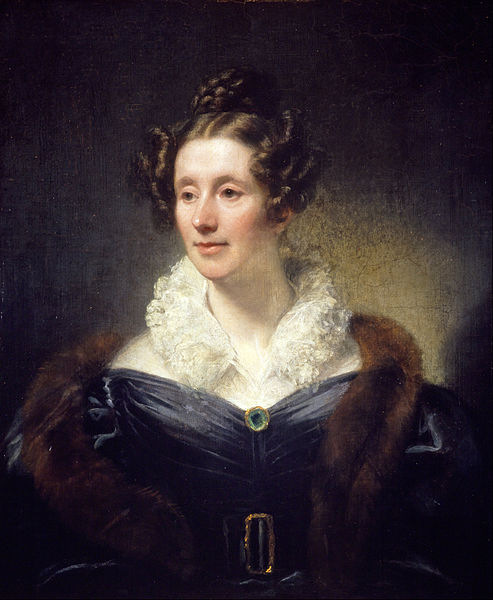
Mary Somerville
1780-1872
Mathematician, Astronomer
Mary Fairfax Somerville was a Scottish science writer and polymath, at a time when women's participation in science was discouraged. She studied mathematics and astronomy, and was the second woman scientist to receive recognition in the United Kingdom after Caroline Herschel.
She was born at the manse of Jedburgh, in the Borders. Her childhood home was at Burntisland, Fife. Her father considered the 10-year-old Mary "a savage" and sent her for a year of tuition at Musselburgh, an expensive boarding school. Around this time, following the death of her sister at age ten, her parents forbade Mary from further study, believing it had contributed to her sister's death. This did not deter her from studying on her own, although she had to continue in secret.
In 1812 she married another cousin, Dr William Somerville, who encouraged and greatly aided her in the study of the physical sciences. During her marriage she made the acquaintance of the most eminent scientific men of the time, among whom her talents had attracted attention.
Having been requested by Lord Brougham to translate for the Society for the Diffusion of Useful Knowledge the Mécanique Céleste of Laplace, she greatly popularized its form, and its publication in 1831, under the title of The Mechanism of the Heavens, at once made her famous.
Her other works were commonly used as a text book until the early 20th century. In 1835, she and Caroline Herschel became the first women members of the Royal Astronomical Society. In 1838 she and her husband went to Italy, where she spent much of the rest of her life.
Much of the popularity of her writings was due to her clear and crisp style and the underlying enthusiasm for her subject which pervaded them. In 1869 she was awarded the Victoria Medal of the Royal Geographical Society.
Somerville's writing influenced James Clerk Maxwell and John Couch Adams. Her discussion of a hypothetical planet perturbing Uranus, in the 6th edition of On the Connexion of the Physical Sciences (1842), led Adams to look for and discover Neptune.
She died at Naples on 28 November 1872, and is buried there in the English Cemetery, Naples.
To make your own nomination download the nomination form here